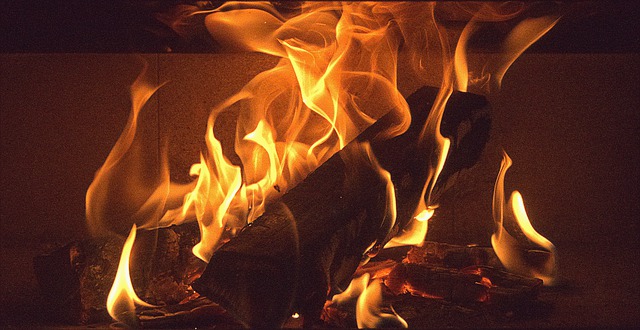
An oxidizer is a material that promotes the development of combustion.
Before entering fully into the definition of the term oxidizer, we are going to proceed to know what its etymological origin is. In this case, we can determine that it is a word that derives from Latin, exactly from comburentis , which can be translated as "that causes it to catch fire." Latin word that is the result of the sum of three clearly differentiated elements:
-The prefix con- , which is equivalent to "all" or "together."
-The verb burere , which is synonymous with "burn."
-The suffix -nte , which is used to indicate "agent."
Oxidant concept
An oxidizer is a substance that generates the development of combustion .
Combustion is the act and result of burning (subjecting to fire). At a chemical level, combustion involves the oxidation of a substance through a process in which energy is released in the form of light and heat. This reaction is generated between an oxidizable material capable of burning, which is called fuel , and a material that produces combustion, called oxidizer .
How combustion develops
The oxidizer causes the fuel to oxidize , releasing chemical energy that can be used as mechanical energy . For combustion to begin, the fuel must reach its ignition temperature (when its vapors burn spontaneously). It should be noted that the reaction between the fuel and the oxidizer is manifested through flames .
Because it is responsible for oxidizing another substance, the oxidizer is also called an oxidizing agent . In the reduction-oxidation ( redox ) reaction, the oxidizer gains electrons when it is reduced, while the reductant (the fuel in a combustion process) loses electrons when it is oxidized.

Oxygen is the most common oxidizer.
Best known oxidizers
Oxygen is the most common oxidizer. In all combustion processes, a minimum of oxygen is required, which can appear in a gaseous or liquid state. A firearm that uses gunpowder, for example, can use the salt of an oxyacid (such as potassium chlorate) in the cartridge to achieve combustion that allows the projectile to fire.
Although oxygen is the oxidizer par excellence, we cannot ignore the existence of others that are very relevant. We are referring to some like the following:
-Nitrates , among which lithium nitrate, silver nitrate, ammonium nitrate or sodium nitrate, for example.
-Chlorates , such as copper chlorate, magnesium chlorate or calcium chlorate.
-Permanganates , such as zinc permanganate, potassium permanganate or calcium permanganate.
-Organic peroxides : acetylacetone peroxide, tert-butyl peroxyacetate and tert-butyl monoperoximaleate.
This is a list of oxidizers in which we must not overlook halogens , ozone , nitric acid , perchlorates , chlorites or chromic acid , among many others that can also be used to promote combustion.
